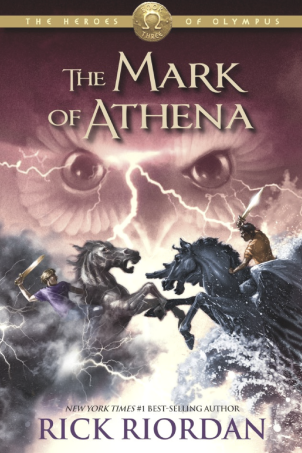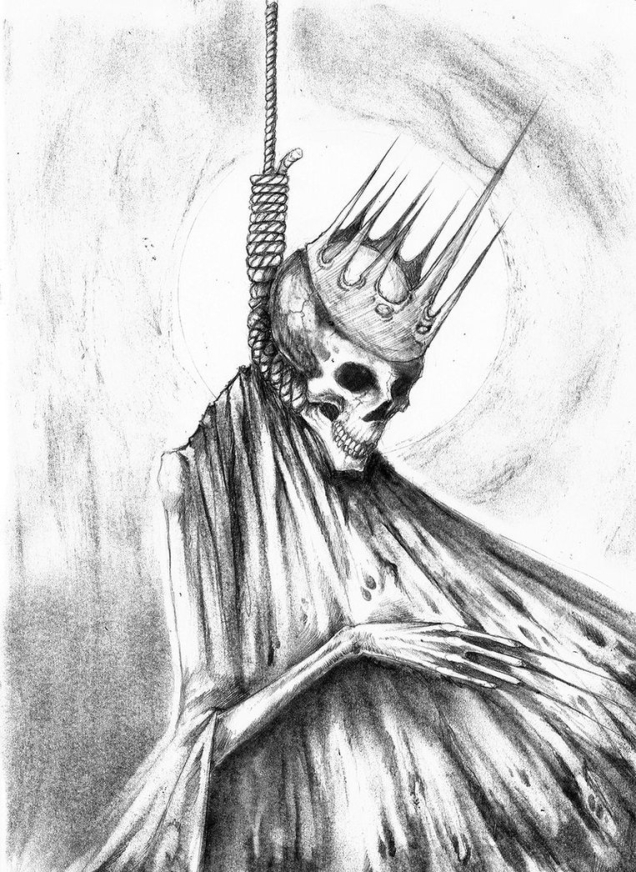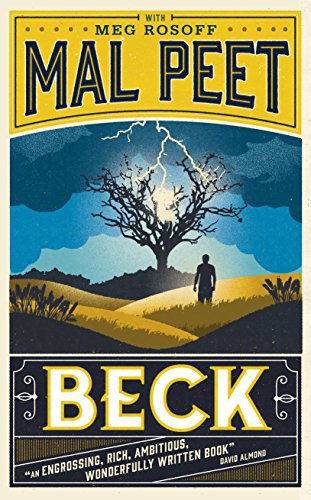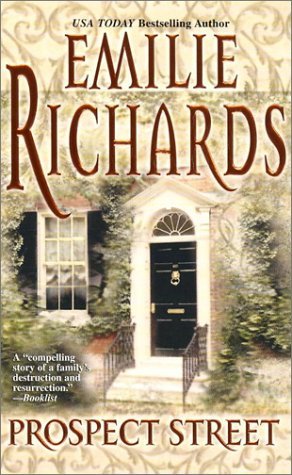
There’s nothing like a murder or a sinister, family-threatening scheme to inspire artistic expression. At least, that’s the clever premise behind Michaela MacColl’s series of addictive “novels of intrigue and romance” for teen readers. MacColl is a wonderful writer and a fabulous presenter (she has led workshops at my school twice that truly excited my seventh and eighth grade students- you want her to visit your school, you just do). Her novels center around young women in history who use intelligence and courage to change that history, despite often overwhelming odds. She has taken that idea and run with it over the last four years with a series of novels putting teenage versions of female literary greats in the middle of murder mysteries and dastardly, scandal-inducing schemes.
How does Emily Dickinson solve the murder of the dashingly handsome, doomed stranger who shows up mysteriously in Amherst one day? What will Louisa May Alcott do when she finds herself in charge of her family’s household while keeping her home’s Underground Railroad identity a secret from a notorious slave hunter? What mysteries are hidden in the moors that could threaten the reputation and safety of Emily and Charlotte Bronte’s family? Is Jane Austen’s widowed, wealthy cousin just a victim of tragic circumstance or an insidious spy for the French government? MacColl’s novels Nobody’s Secret, The Revelation of Louisa May, Always Emily, and Secrets in the Snow explore these twists in fictional accounts of the teenage lives of five of Western literature’s most influential artists.
If this sounds like a gimmick to attract readers, what keeps this from being a one-trick pony is MacColl’s research and writing. She is a historian, therefore every page and corner and crevice of these novels is rich in historic detail. Towns, homes, forests, and moors become characters in and of themselves. Dialogue is tantalizing and sparkles with rich characterization of the protagonists, their family members, their potential love interests, and the colorful characters that make up the settings. This dialogue really carries the characters and brings out their inner struggles and artistic yearnings. Every one of the books follows themes that resonate throughout that particular writer’s body of work and cleverly shows how certain fictional events could have helped lead to the creation of some of their master works.
MacColl’s fictional versions of Dickinson, Alcott, the Brontes, and Austen are elevated by their resourcefulness while living, essentially, in societal cages. This element may come as a surprise to young 21st century readers. The characters solve mysteries and prevent certain disaster within the confines of 19th century mores for young women- limited (at best) career and educational opportunities, dependence on family name and family fortune (of varying degrees of actual “fortune”), fending off potential scandal that could wreck said family names and fortunes, living with or without a dowry, and the constant humiliation of having their intelligence undervalued and undermined. The protagonists are forced to be outspoken and contrary- suggesting just how suffocating it must have been as a budding literary giant in a world that constantly marginalized the contributions of women (an unfortunate theme that has continued to reverberate through the centuries).
For students not familiar with the works of these women, these books are goldmines of period detail. They cleverly hint at major works to come, and MacColl’s invaluable Author Notes at the end of each book leave the reader energized and excited about diving into major works by the authors, or relatively obscure pieces such as the thrillers published by Louisa May Alcott (my personal favorite to explore next!).
Michaela MacColl’s novels of “intrigue and romance” live up to that promise. Part of the fun is rooting for teenage versions of literary icons fending off scandal, solving murders, saving their families, and seeing the seeds planted for future literary works. These books are refreshing takes on authors who lived colorful lives and still managed to change the face of Western literature as they fought to be seen as equals and peers, not frail, caged birds.
http://michaelamaccoll.com/
Advertisements Share this:






